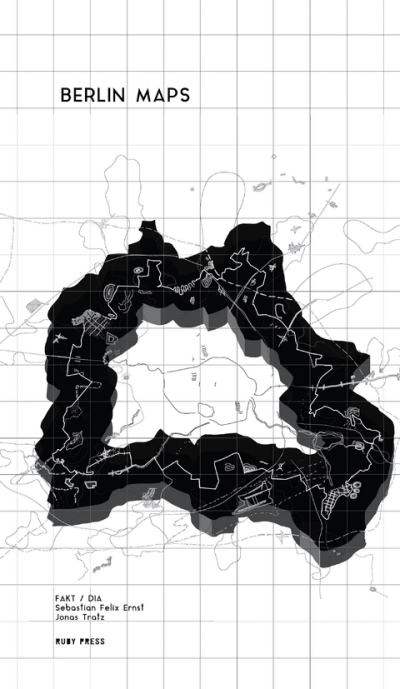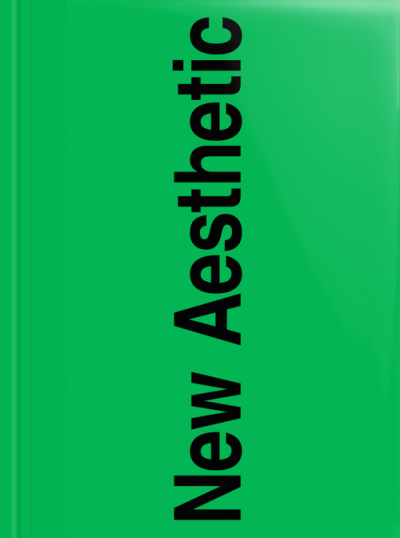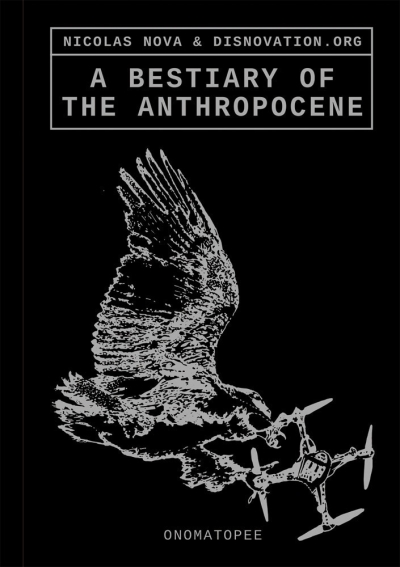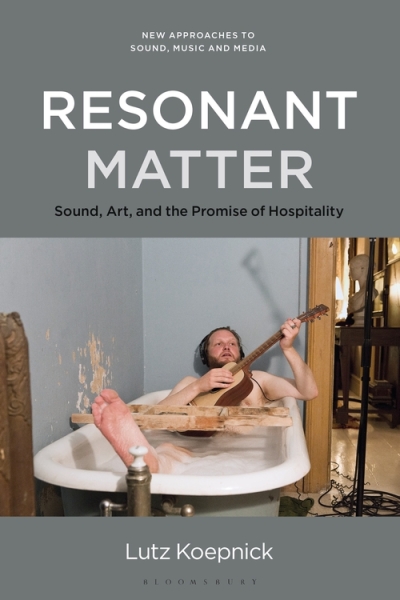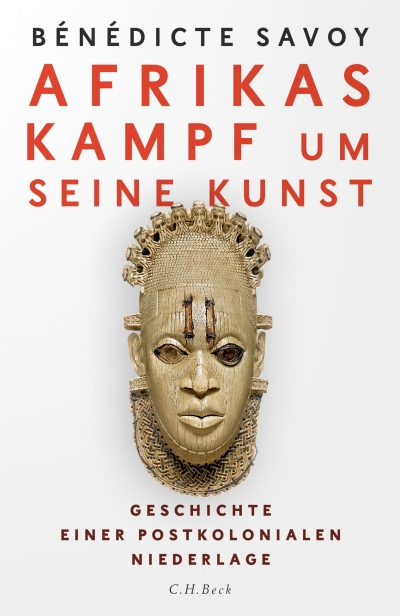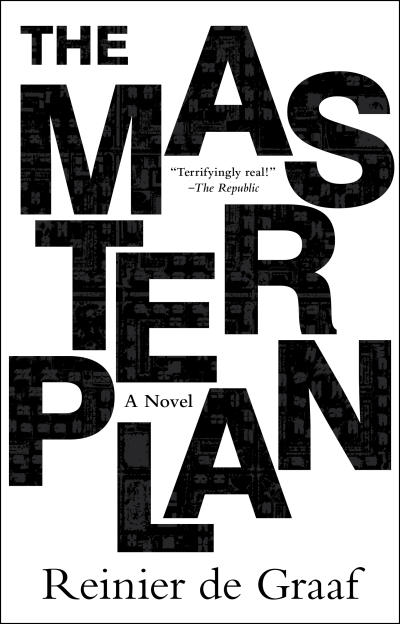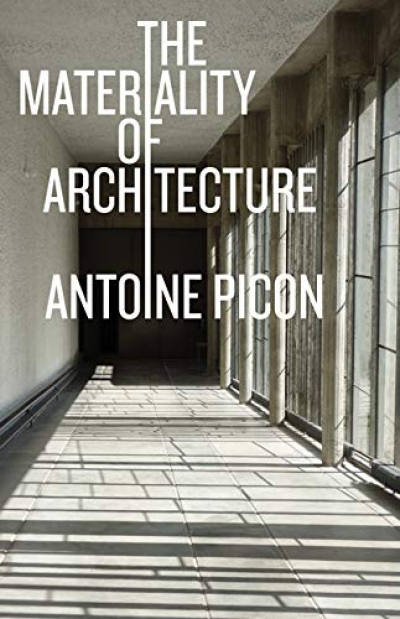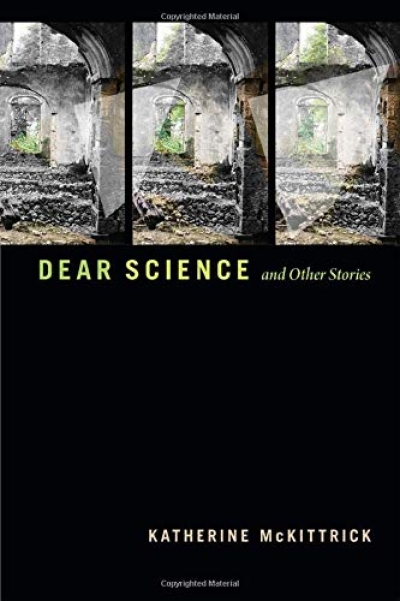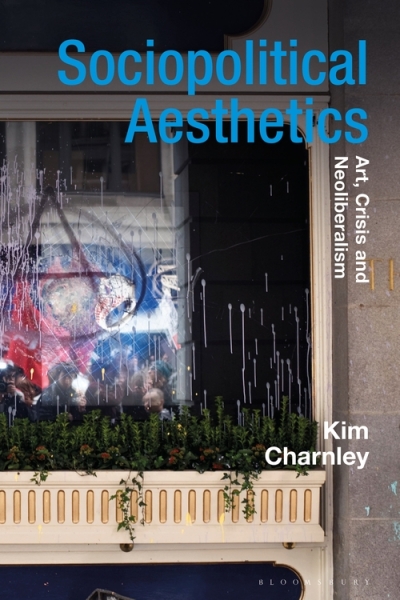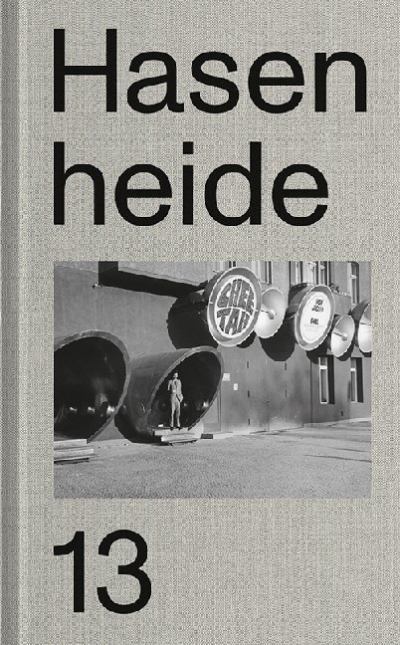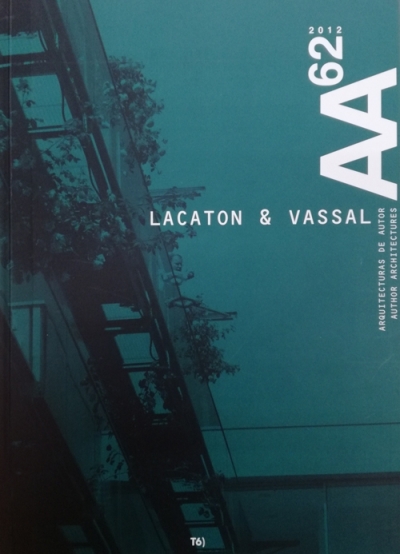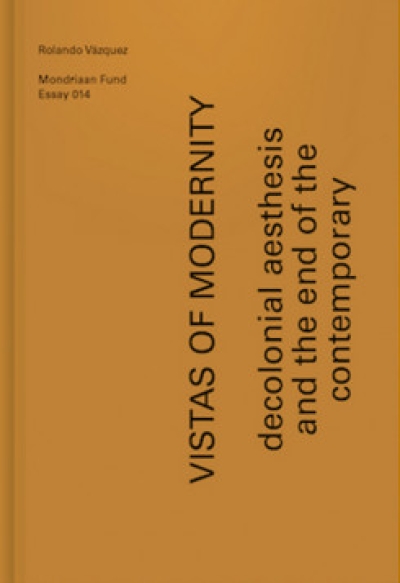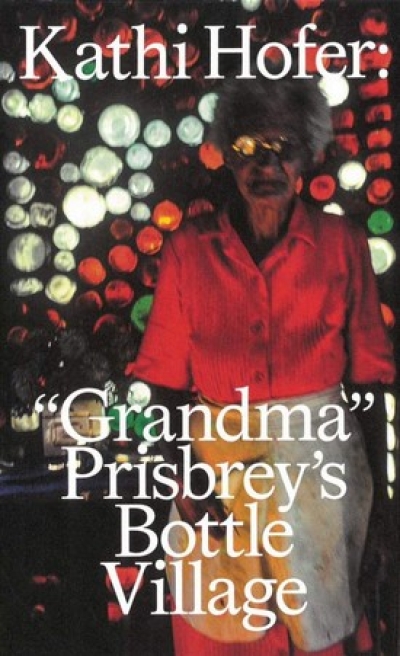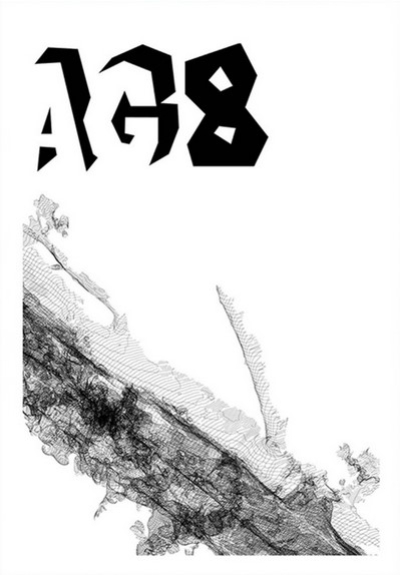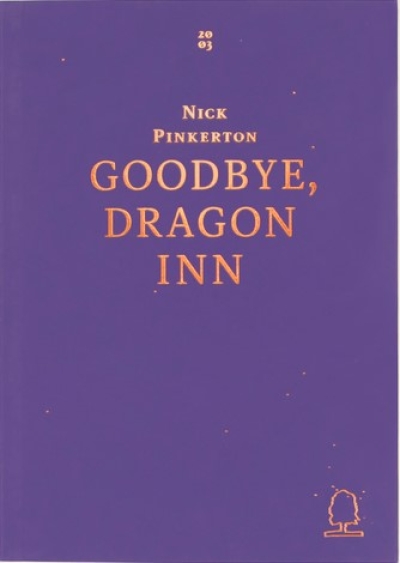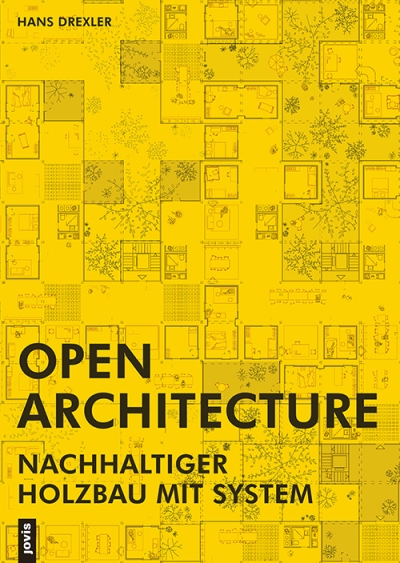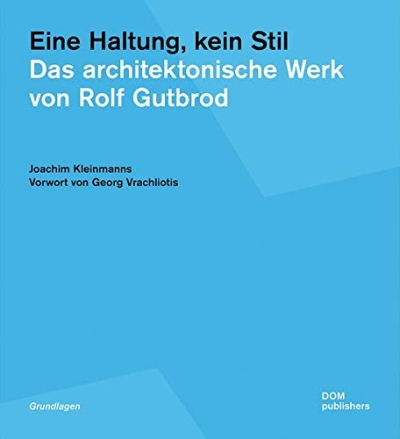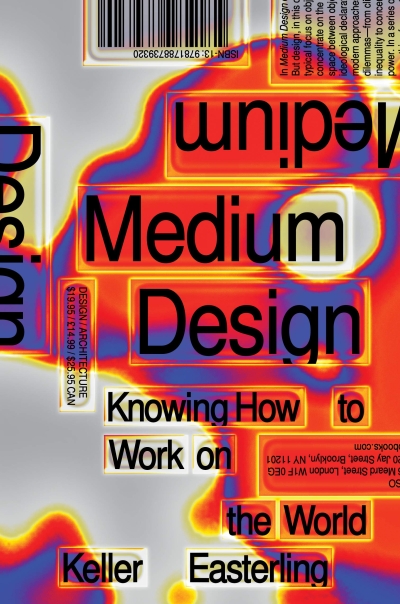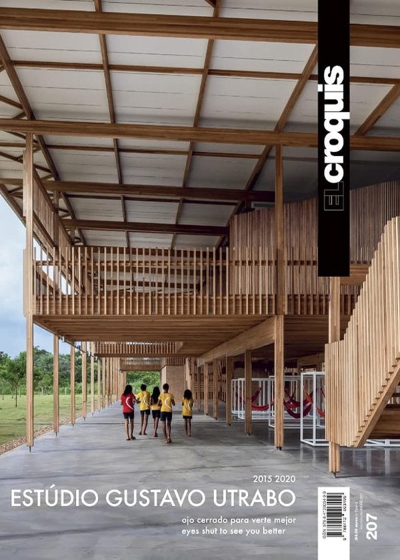Sebastian Felix Ernst, Jonas Tratz/FAKT
Berlin Maps
gerade nicht auf Lager
Leonhard Laupichler, Sophia Brinkgerd (…
New Aesthetic 2. A Collection Of Independent Type Design
Beatrice von Bismarck
Das Kuratorische
gerade nicht auf Lager
Friedemann Kunst; Deutsche Akademie für…
Berlin & Berlin. Stadtplanung und Städtebau nach dem…
gerade nicht auf Lager
Nicolas Nova, Nicolas Maigret, Maria…
A Bestiary of the Anthropocene
gerade nicht auf Lager
Lutz Koepnick
Resonant Matter. Sound, Art, and the Promise of Hospitality
gerade nicht auf Lager
Jenny Odell
Nichts tun. Die Kunst, sich der Aufmerksamkeitsökonomie zu…
gerade nicht auf Lager
Bénédicte Savoy
Afrikas Kampf um seine Kunst. Geschichte einer…
gerade nicht auf Lager
Reinier De Graaf
The Masterplan (A Novel)
gerade nicht auf Lager
Antoine Picon
The Materiality of Architecture
gerade nicht auf Lager
Katherine McKittrick
Dear Science and Other Stories
gerade nicht auf Lager
Lisa Marei Schmidt, Kerstin Wittmann-…
Werner Düttmann. Berlin.Bau.Werk. / Building Berlin.
Joseph Vogl
Kapital und Ressentiment. Eine kurze Theorie der Gegenwart
Kim Charnley
Sociopolitical Aesthetics. Art, Crisis and Neoliberalism
gerade nicht auf Lager
Sammlung Wemhöner (Hg)
Hasenheide 13
gerade nicht auf Lager
AA62
AA62. LACATON & VASSAL
gerade nicht auf Lager
Ursula Müller, Berlinische Galerie
Anything goes? Berliner Architekturen der 1980er Jahre
IDEA Magazine
IDEA 393. MANGA bridges the world: The actualities of manga…
gerade nicht auf Lager
Urs Stäheli
Soziologie der Entnetzung
Roberto Simanowski
Das Virus und das Digitale
Ole Nymoen, Wolfgang M. Schmitt
Influencer. Die Ideologie der Werbekörper
gerade nicht auf Lager
Rolando Vázquez
Vistas Of Modernity. Decolonial Aesthesis And The End Of…
Jayna Brown
Black Utopias. Speculative Life and the Music of Other…
Knut Ebeling, Annette Maechtel, Heimo…
Never mind the Nineties. Eine Medienarchäologie des…
Kathi Hofer
"Grandma" Prisbrey's Bottle Village
Sandra Bartoli, Silvan Linden (Hg.)
AG8: Berliner Bäume. Eine Bestandsaufnahme
Silvia Federici
Revolution at Point Zero. Hausarbeit, Reproduktion und…
gerade nicht auf Lager
Nick Pinkerton
Goodbye, Dragon Inn
gerade nicht auf Lager
Philipp Oswalt with Anthony Fontenot
Berlin. City Without Form
Hans Drexler
Open Architecture Nachhaltiger Holzbau mit System
Joachim Kleinmanns
Eine Haltung, kein Stil. Das architektonische Werk von Rolf…
gerade nicht auf Lager
Keller Easterling
Medium Design. Knowing How to Work on the World
El Croquis
El Croquis 207. Estudio Gustavo Utrabo
gerade nicht auf Lager
Experimental Jetset
Experimental Jetset. Superstructures. Notes on Experimental…
gerade nicht auf Lager
Claudia Mareis, Nina Paim (Hg)
Design Struggles. Intersecting Histories, Pedagogies, and…
gerade nicht auf Lager
Moises Puente, Antje Stahl, Nikolaus…
2G 81. Brandlhuber+
gerade nicht auf Lager
Georges Perec
Die dunkle Kammer. 124 Träume
gerade nicht auf Lager
Kristin Ross
Luxus für alle. Die politische Gedankenwelt der Pariser…
gerade nicht auf Lager
Victor Deupi, Jean-Francois Lejeune
Cuban Modernism. Mid-Century Architecture 1940–1970
gerade nicht auf Lager
Tom Holert
Politics of Learning, Politics of Space. Architecture and…
gerade nicht auf Lager
Eva von Redecker
Revolution für das Leben. Philosophie der neuen…
Nina Prader, John Z. Komurki (Eds.)
Druck Druck Druck. Print Communities from Berlin and Beyond
Herausgegeben:Bundesministerium des…
70 Jahre Kunst am Bau in Deutschland
Philippe Askenazy
Share the Wealth. How to End Rentier Capitalism
gerade nicht auf Lager
Andreas Malm
How to Blow Up a Pipeline
gerade nicht auf Lager
Liam Campling and Alejandro Colás
Capitalism and the Sea
Gerald Raunig
Ungefüge. Maschinischer Kapitalismus und molekulare…
Niki Kubaczek, Monika Mokre (Hg.)
Die Stadt als Stätte der Solidarität
gerade nicht auf Lager
Floris Alkemade, Michiel van Iersel,…
REWRITING ARCHITECTURE. 10+1 Actions. Tabula Scripta
Manuel de la Pena Suarez
Structuralism and Experimentation in the Architecture of…
gerade nicht auf Lager
Anaïs Wiedenhöfer & Lena Wolfart
Everyday Urban Design 4. Genossenschaftliche…
gerade nicht auf Lager
Emmanuelle Chiappone-Piriou (Ed.)
Superstudio Migrazioni
Tim Ingold
Eine kurze Geschichte der Linien
gerade nicht auf Lager
Christoph Herndler, Florian Neuner (Hg.)
Der unfassbare Klang. Notationskonzepte heute
gerade nicht auf Lager
Fredric Jameson
The Benjamin Files
gerade nicht auf Lager
Adam Štěch
Modern Architecture and Interiors
gerade nicht auf Lager
Gabrielle Kenndy (Hg)
In/Search Re/Search. Imagining Scenarios Through Art and…
gerade nicht auf Lager
Diedrich Diederichsen, Oier Etxeberria…
Cybernetics of the Poor
gerade nicht auf Lager
Paul Hegarty
Annihilating Noise
gerade nicht auf Lager
John Beck
Landscape as Weapon. Cultures of Exhaustion and Refusal
Axel Sowa, Ela Kacel (eds.)
Candide. Journal for Architectural Knowledge / No. 12
gerade nicht auf Lager
Douglas Spencer
Critique of Architecture: Essays on Theory, Autonomy, and…
Hansuli Matter, Björn Franke (eds.)
Not at Your Service. Manifestos for Design
gerade nicht auf Lager
Brandon LaBelle
Acoustic Justice: Listening, Performativity, and the Work…
gerade nicht auf Lager
Precarity Lab
Technoprecarious
gerade nicht auf Lager
Annette Maechtel
Das Temporäre politisch denken. Raumproduktionen im Berlin…
gerade nicht auf Lager
Cornelia Sollfrank, Felix Stalder,…
Aesthetics of the Commons
gerade nicht auf Lager
Mark Wigley
Konrad Wachsmann’s Television. Post-architectural…
gerade nicht auf Lager
Hans-Rudolf Meier
Spolien. Phänomene der Wiederverwendung in der Architektur
gerade nicht auf Lager
Erich Hörl, Nelly Y. Pinkrah, Lotte…
Critique and the Digital
Bradley Quinn
The Fashion of Architecture
Florian Rötzer
Sein und Wohnen. Philosophische Streifzüge zur Geschichte…
gerade nicht auf Lager
Philipp Stamm
Schrifttypen – Verstehen Kombinieren Schriftmischung als…
gerade nicht auf Lager
Gemma Villegas
Fanzine GRRRLS. The DIY Revolution in Female Self-Publishing
dérive
dérive N° 82, Sampler (Jan - Mar 2021)
Andreas H. Apelt, Ron Jagers
Hinter der Stille. Berlin-Prenzlauer Berg 1979-1989
gerade nicht auf Lager
Giseke, Löw, Million, Misselwitz,…
Urban Design Methods
gerade nicht auf Lager
Kengo Kuma
Kengo Kuma. My Life as an Architect in Tokyo
gerade nicht auf Lager
Elske Rosenfeld, Suza Husse (Hg.)
wildes wiederholen. material von unten. Dissidente…
gerade nicht auf Lager
Lukas Feireiss, Tatjana Schneider,…
Living the City. Of Cities, People and Stories
gerade nicht auf Lager
Stefan Rettich, Sabine Tastel (Hg.)
Die Bodenfrage. Klima, Ökonomie, Gemeinwohl
Caspar Stracke (Ed.)
Godard Boomerang. Artists on Godardian Conceptualism
Kai van Eikels
Synchronisieren. Ein Essay zur Materialität des Kollektiven
gerade nicht auf Lager
Johnny Golding, Martin Reinhart, Mattia…
Data Loam. Sometimes Hard, Usually Soft. On the Future of…
gerade nicht auf Lager
Hendrik Weber
Italic. What gives Typography Its emphasis
gerade nicht auf Lager
Tibor Joanelly
Shinoharistics. An Essay About a House
gerade nicht auf Lager
Thomas Moynihan
X-Risk. How Humanity Discovered Its Own Extinction
Bert Rebhandl
Jean-Luc Godard. Der permanente Revolutionär
Heide Schlüpmann
Raumgeben - der Film dem Kino
gerade nicht auf Lager
Antonio Lucci, Esther Schomacher, Jan…
Italian Theory
gerade nicht auf Lager
Harun Farocki
HaFI 013: Zur Geschichte der Arbeit. Dokument, Material…
gerade nicht auf Lager
Rebekka Ladewig, Angelika Seppi
Milieu Fragmente. Technologische und ästhetische…
gerade nicht auf Lager
Bonaventure Soh Bejeng Ndikung
In a While or Two We Will Find the Tone
gerade nicht auf Lager
Michelle Christensen, Jesko Fezer,…
Lechts und Rinks. Auseinandersetzungen mit dem Design der…
Jesko Fezer, Anita Kaspar, Andreas…
Displaying Political and Cultural Concerns. Kooperative für…
gerade nicht auf Lager
IDEA Magazine
IDEA 392. Type Design Now Experimental Type Designers and…
gerade nicht auf Lager
Francois Laruelle
The Last Humanity. The New Ecological Science
Jessica Morgan, Dorothea von Hantelmann…
Resource Hungry. Our Cultured Landscape and its Ecological…

